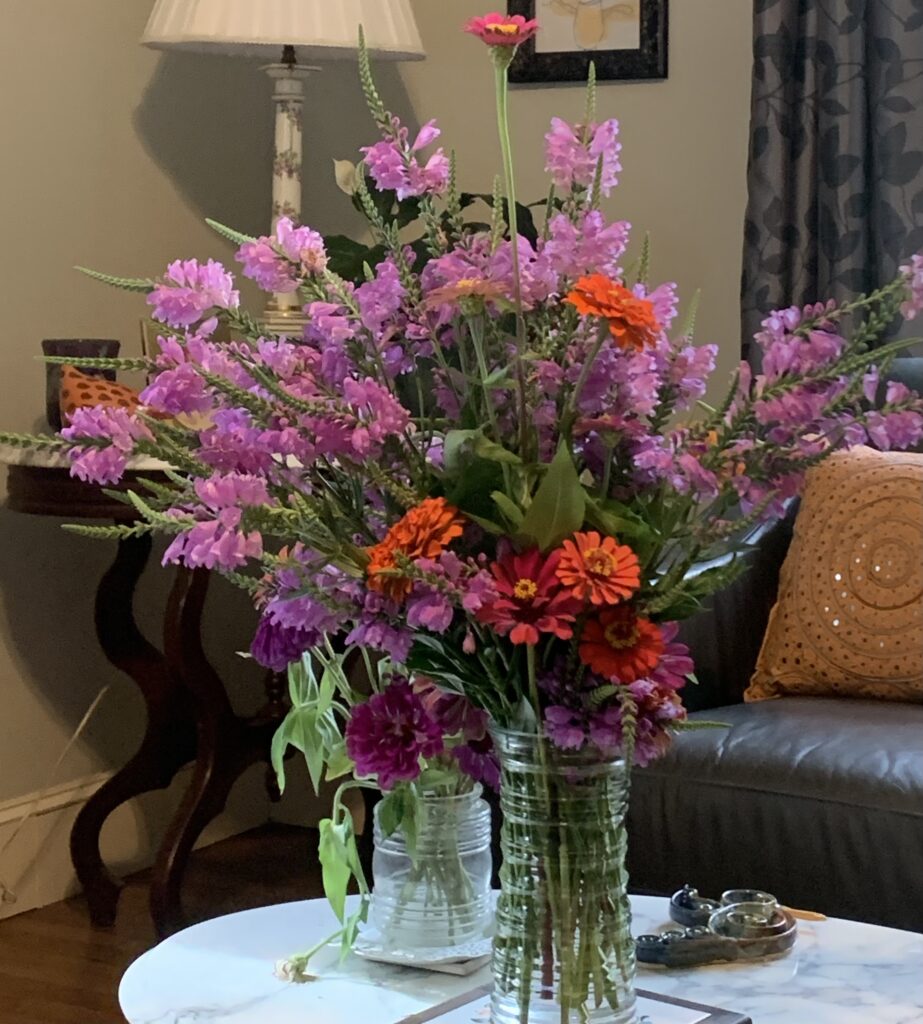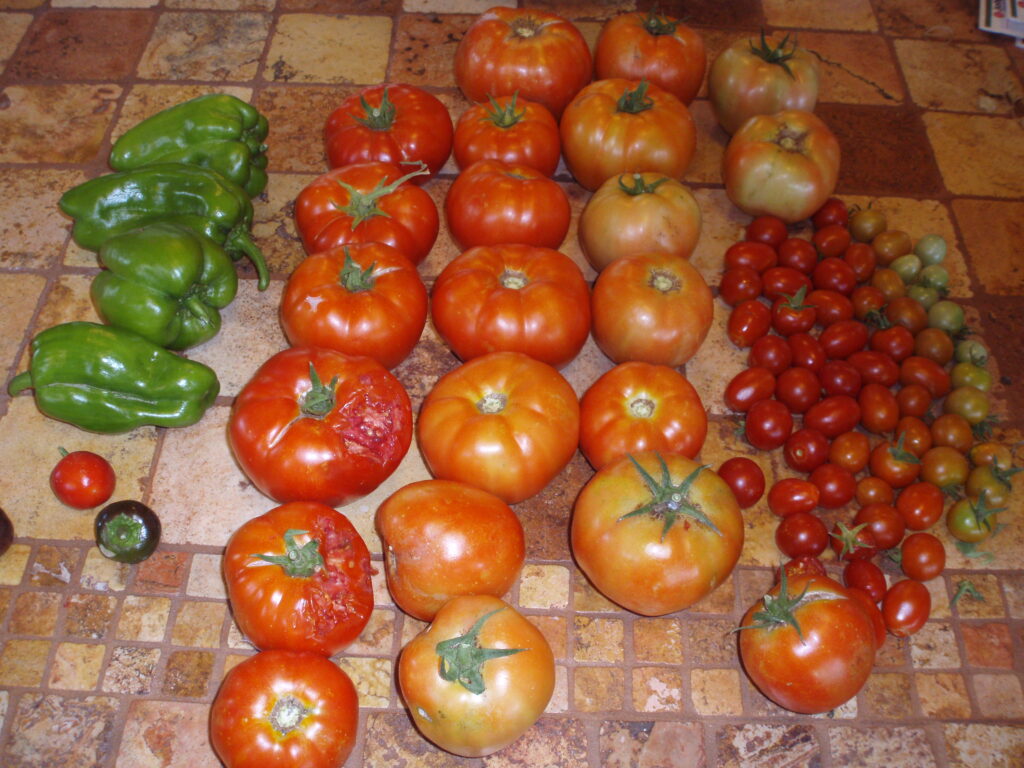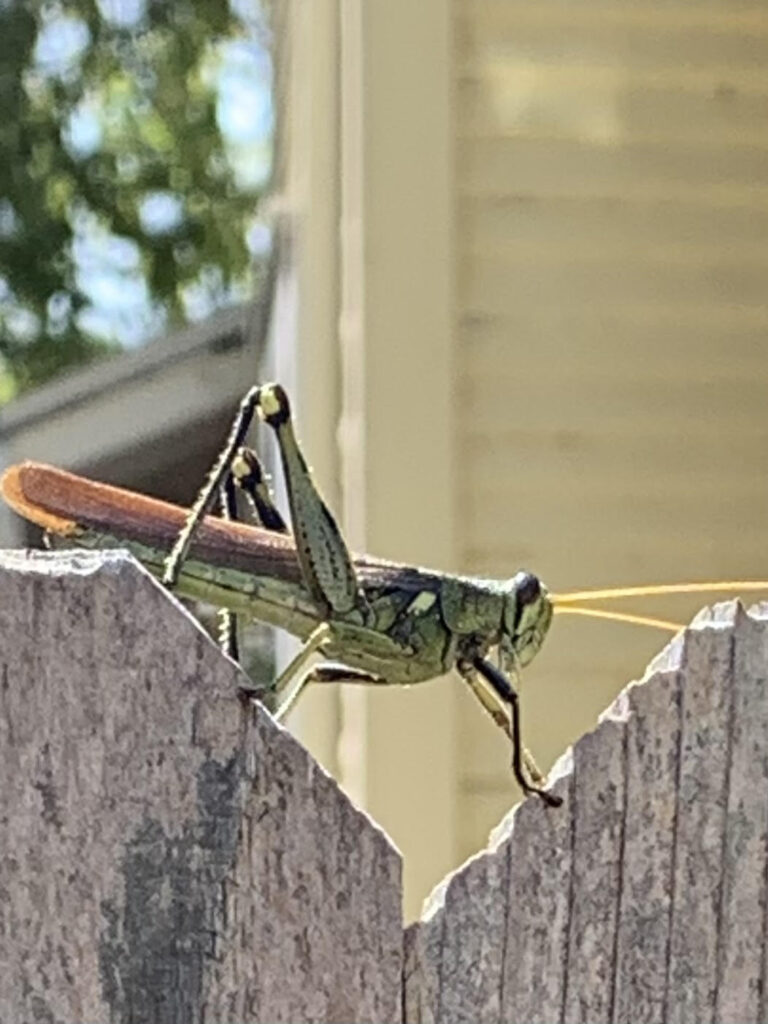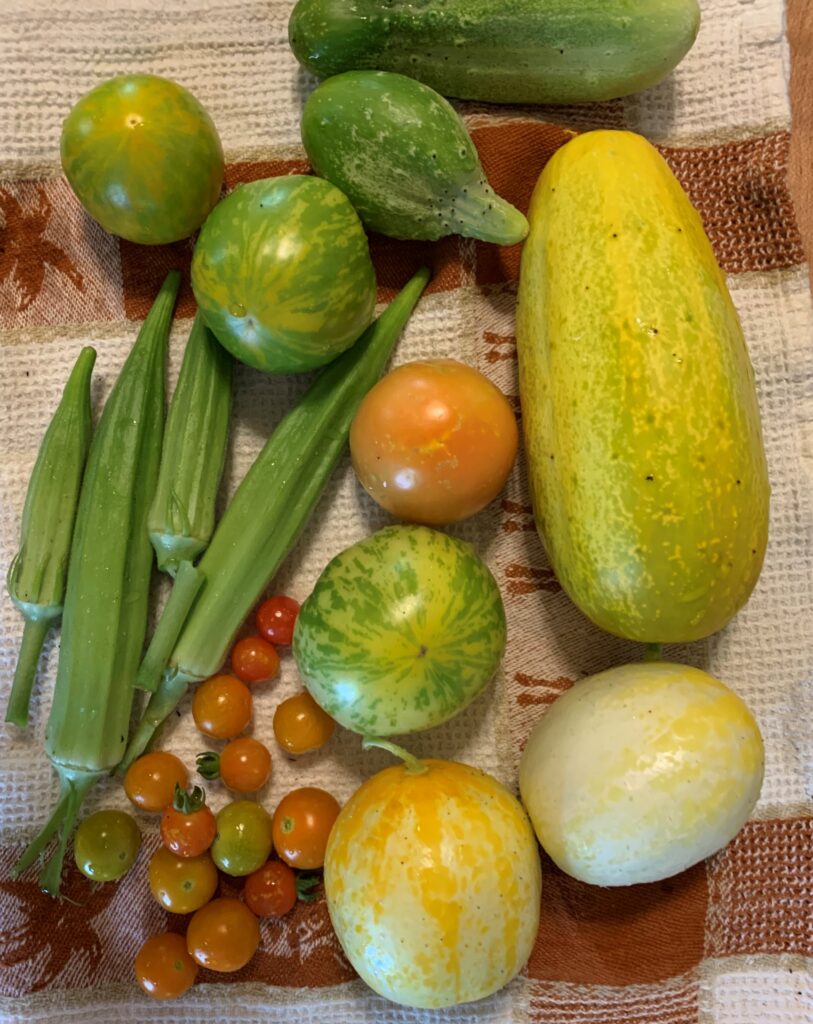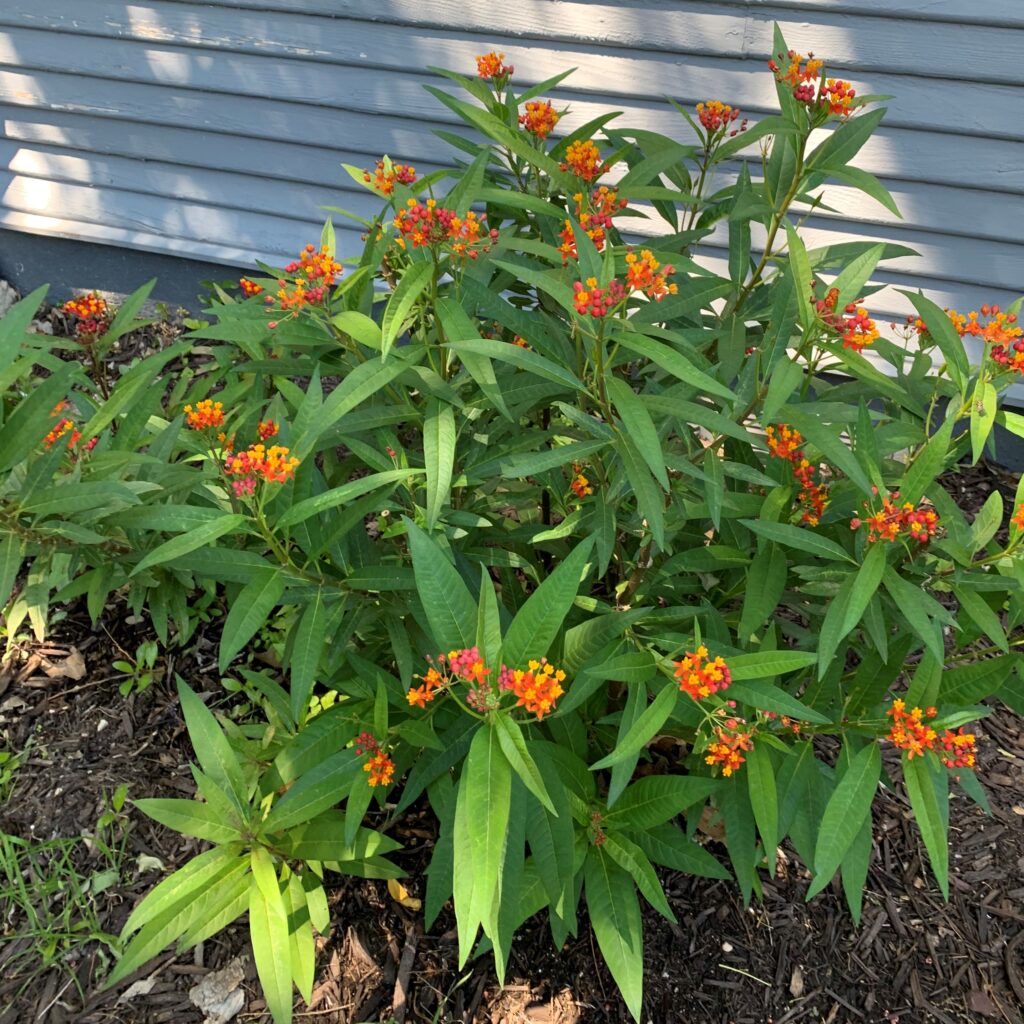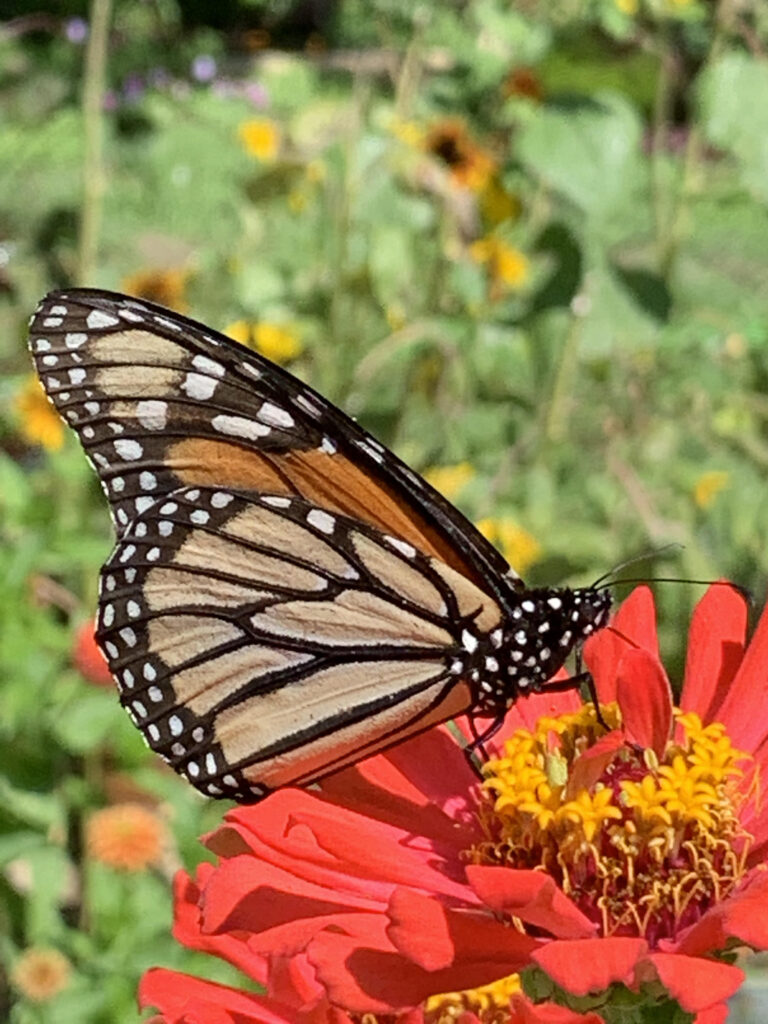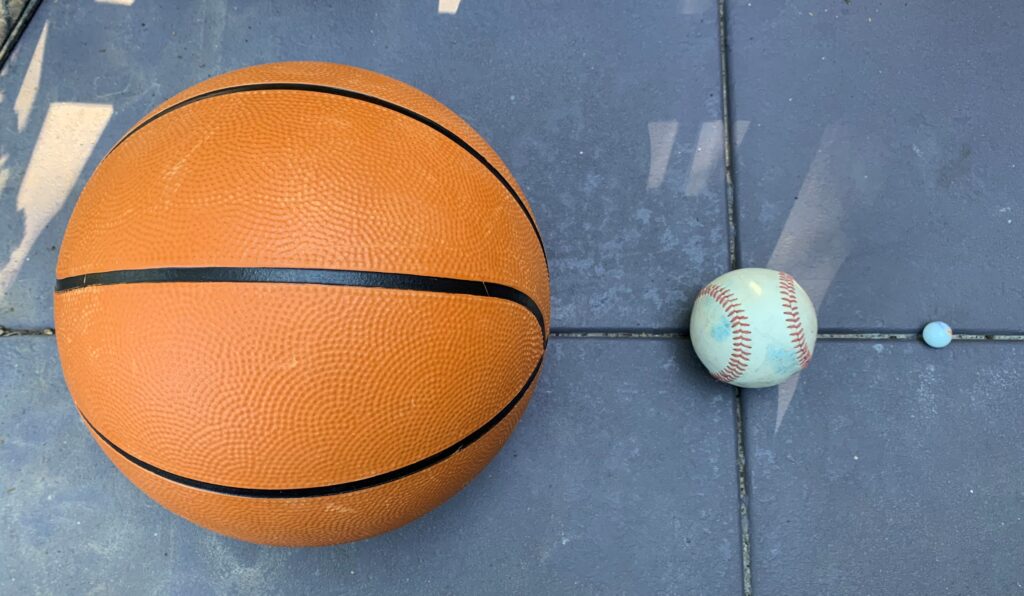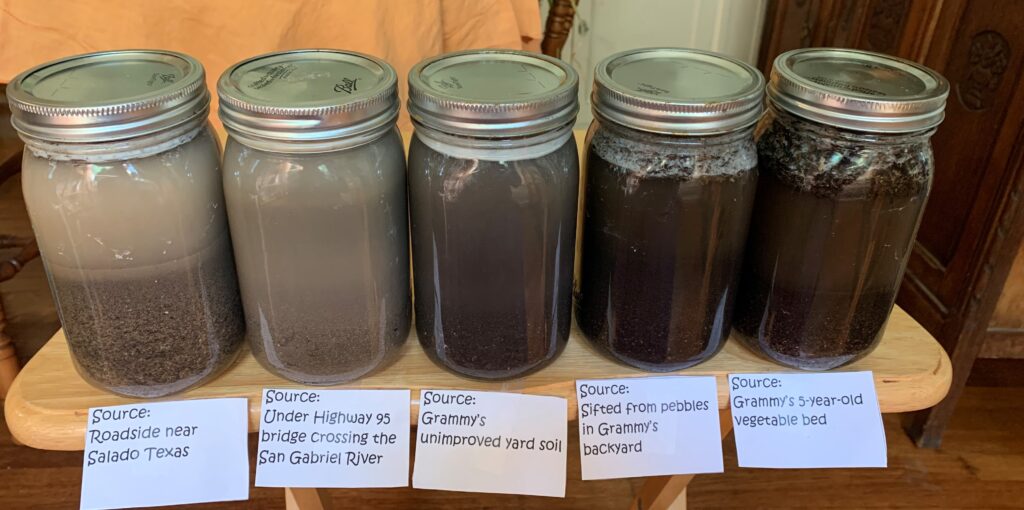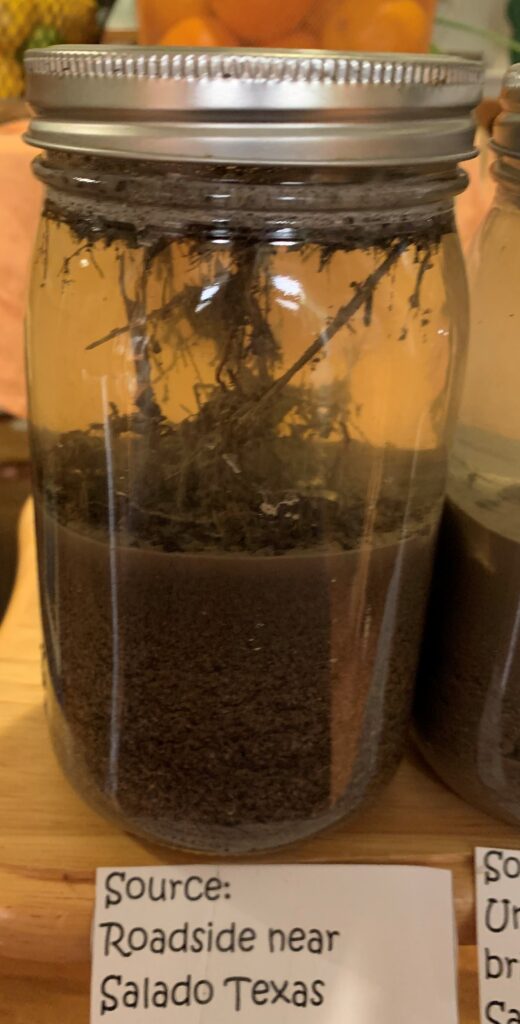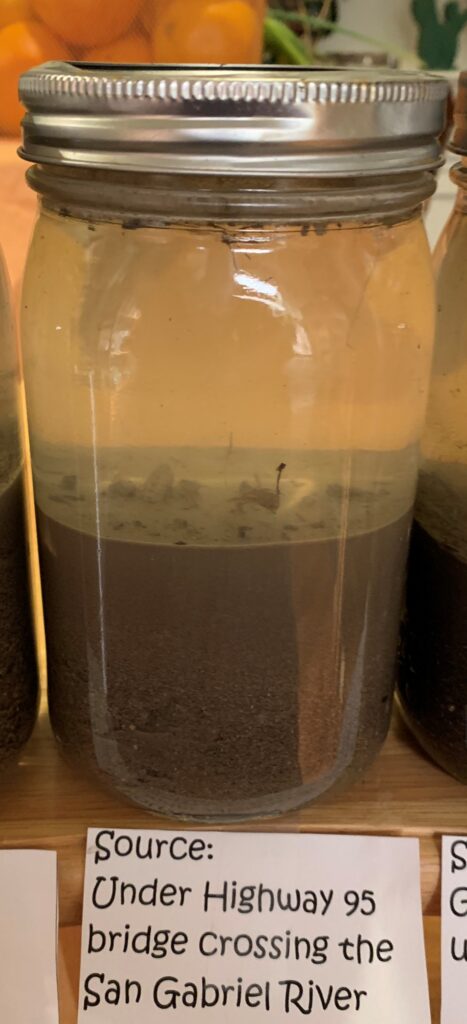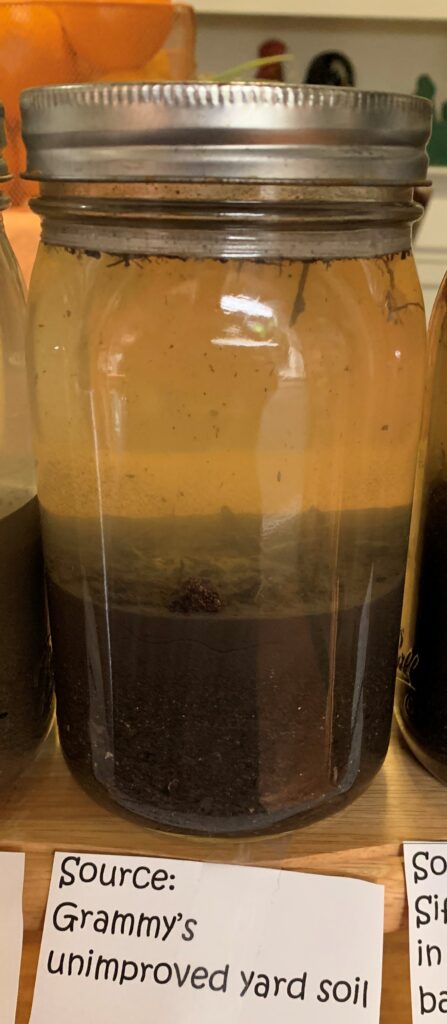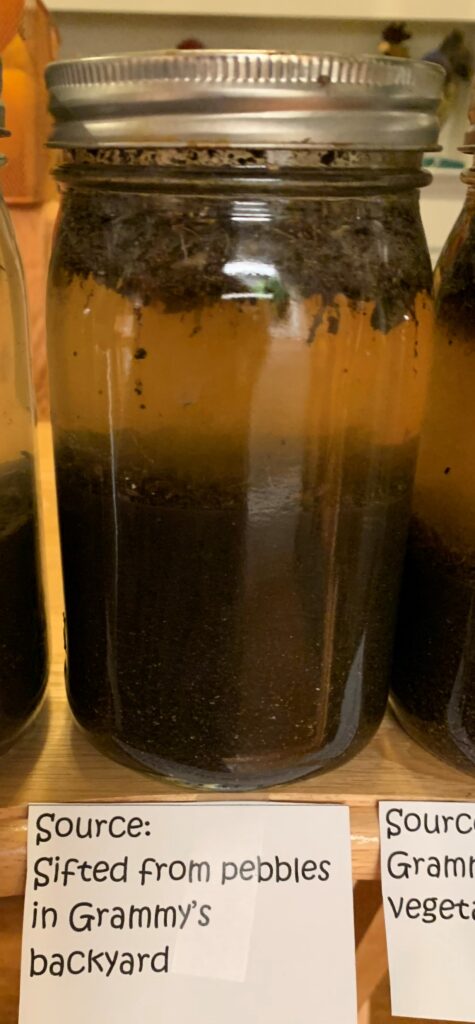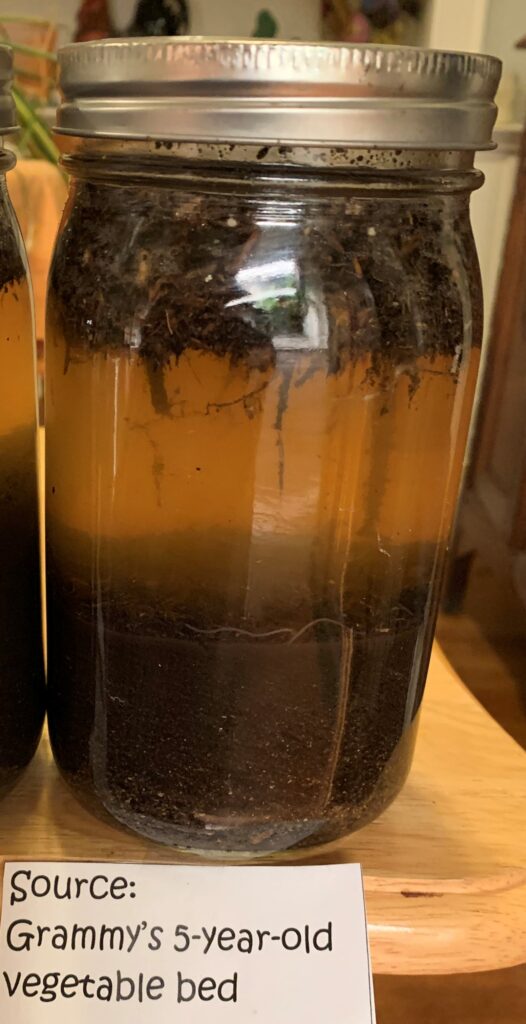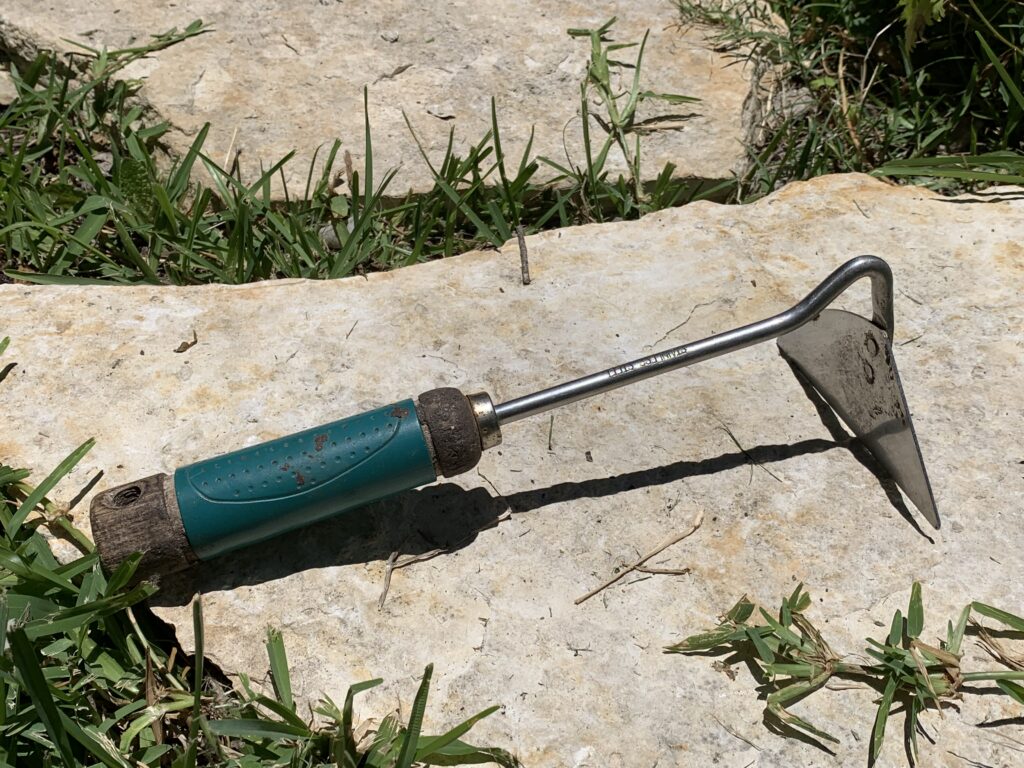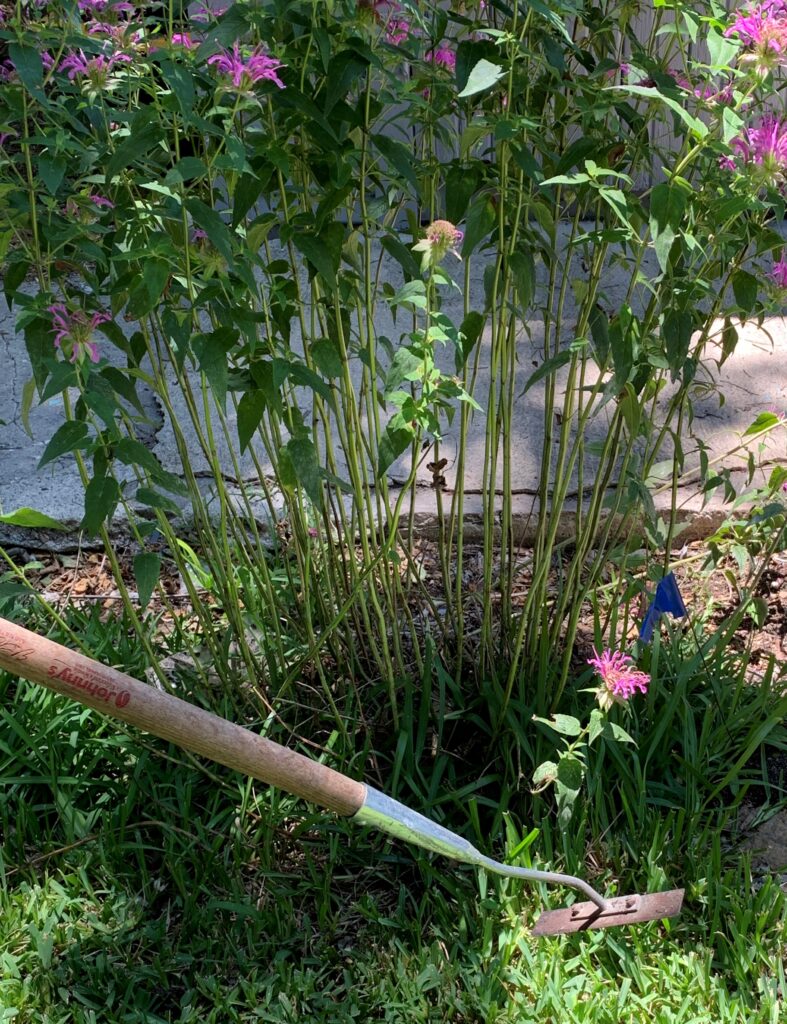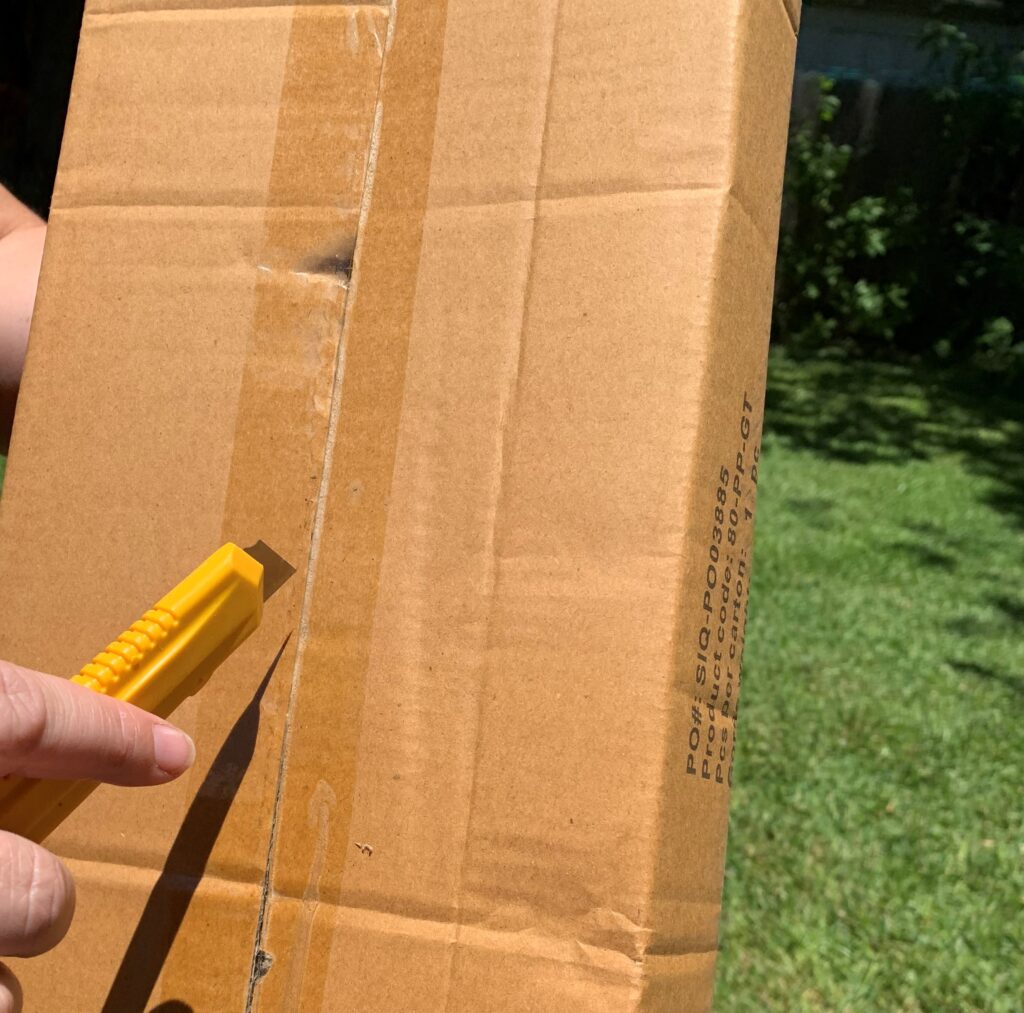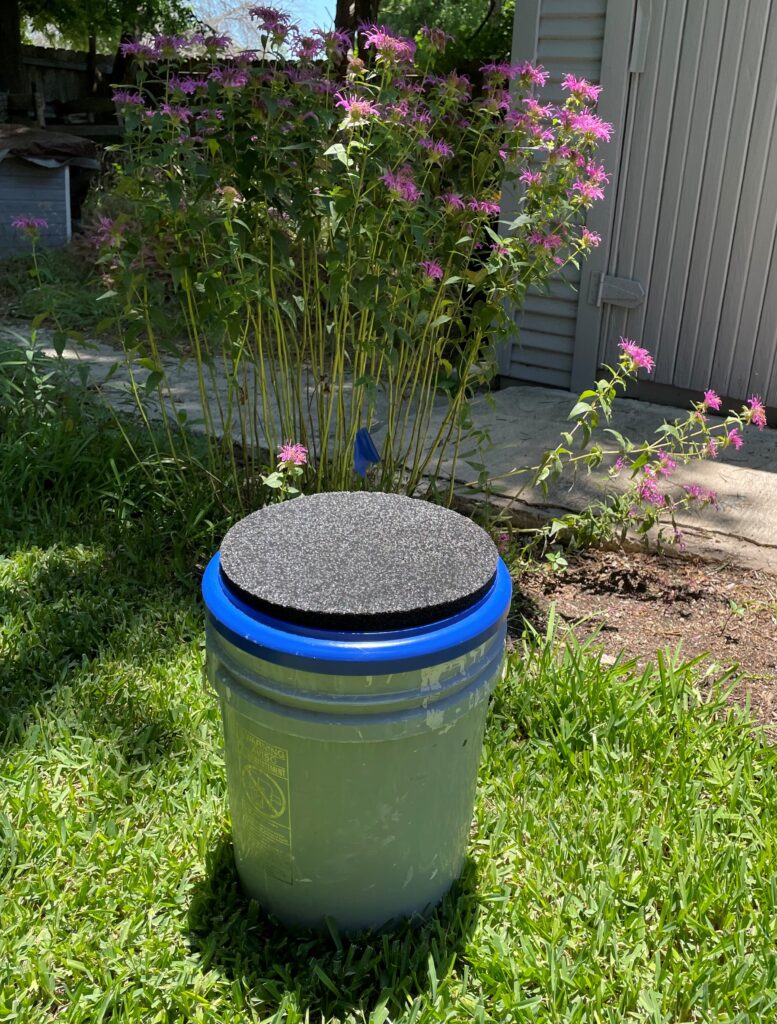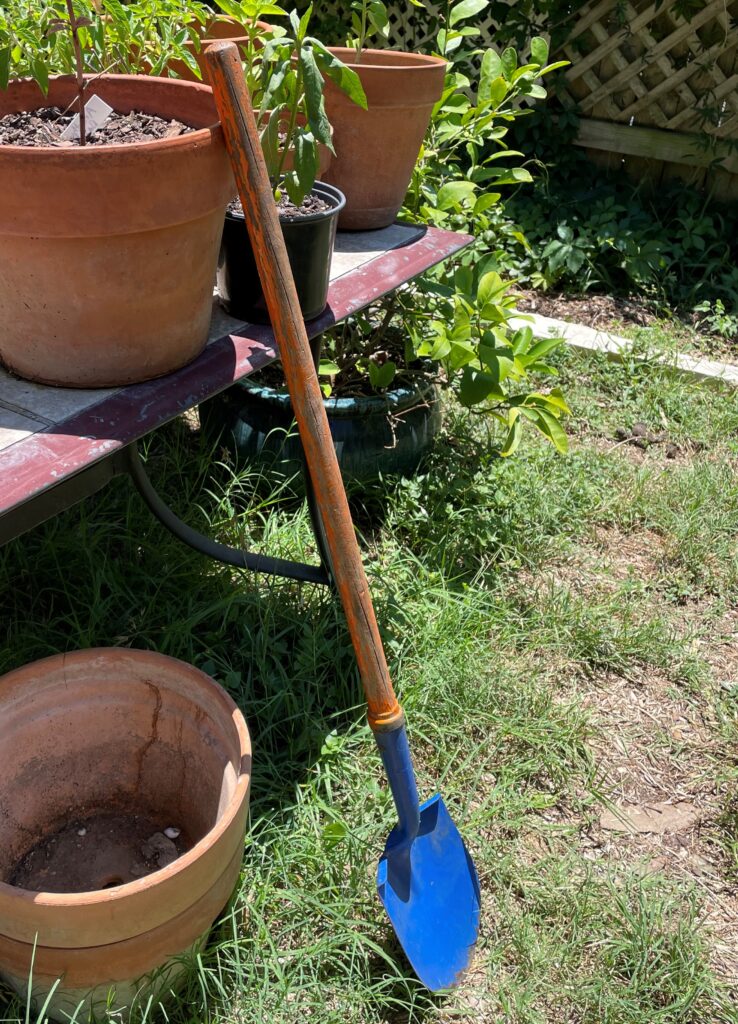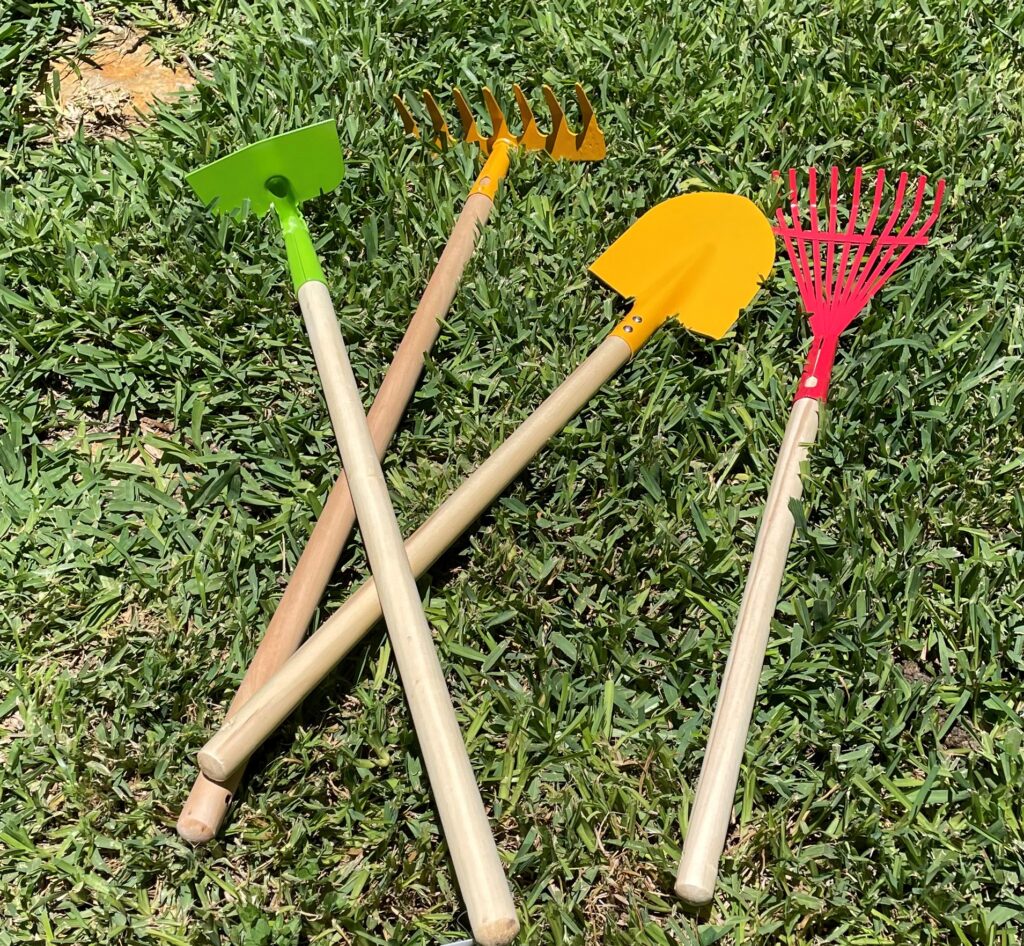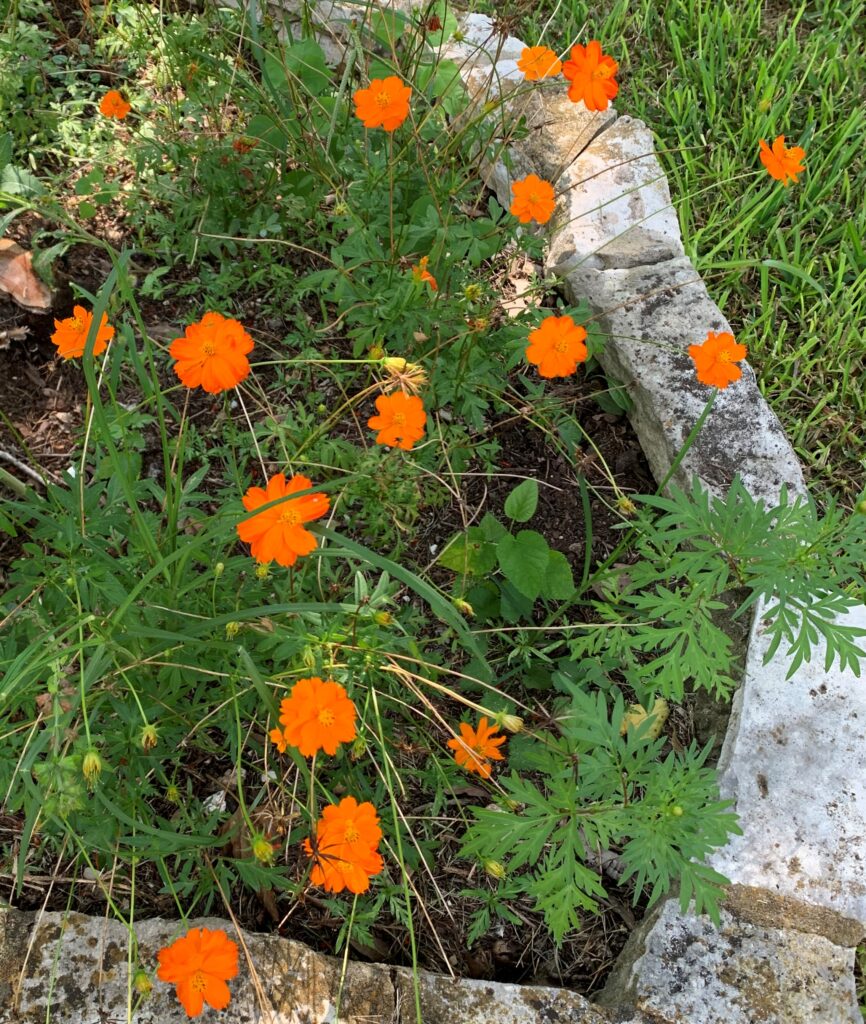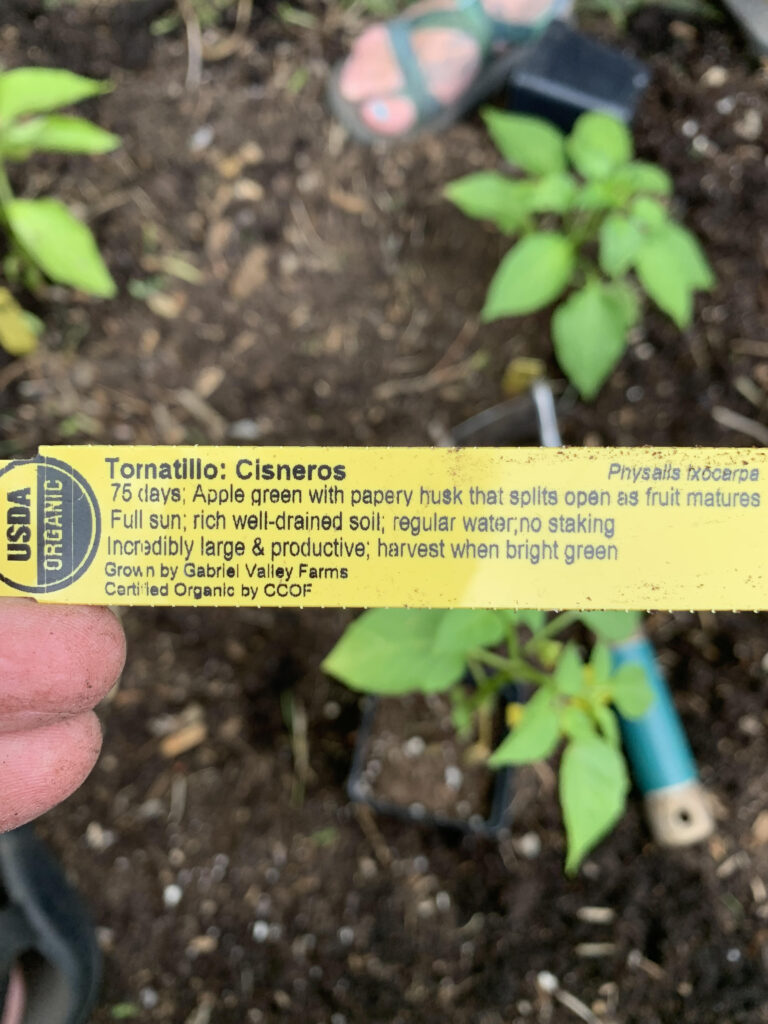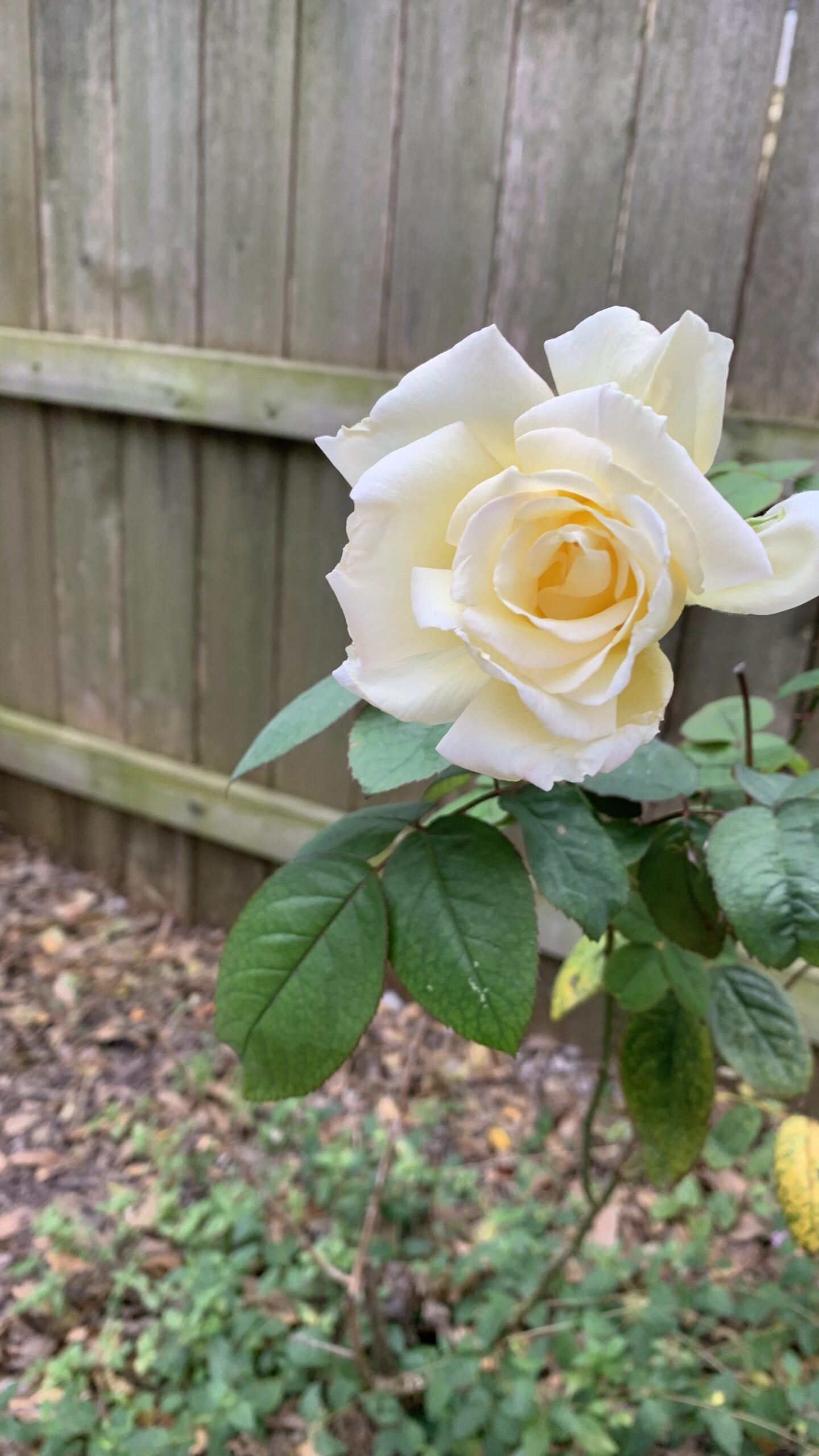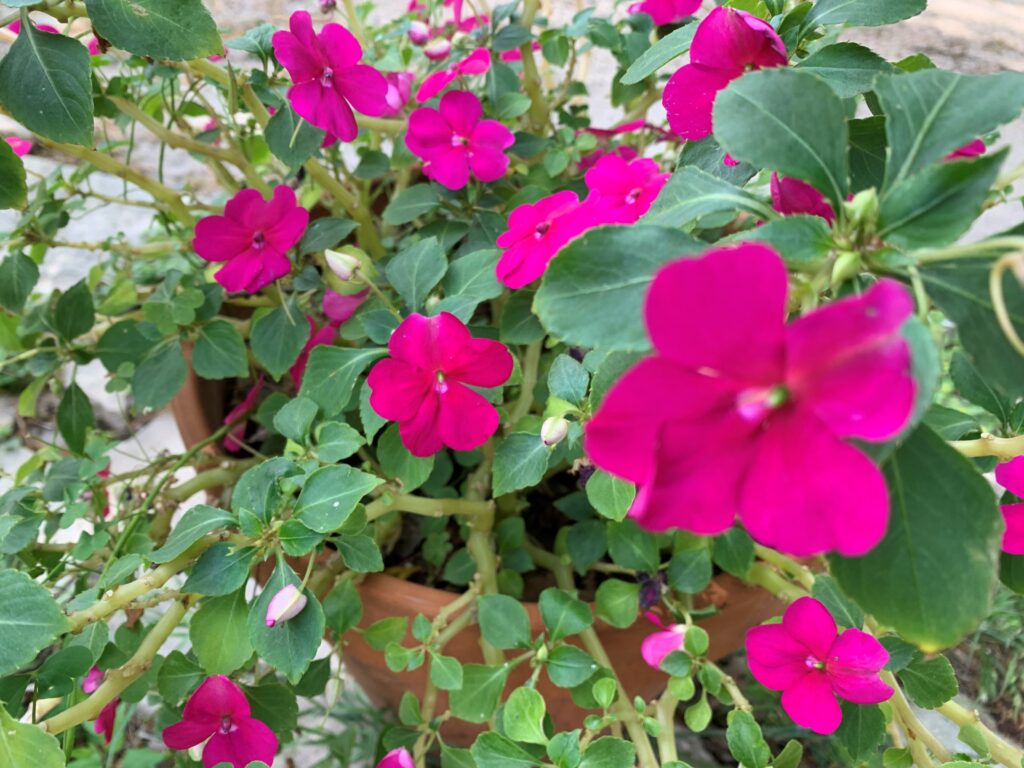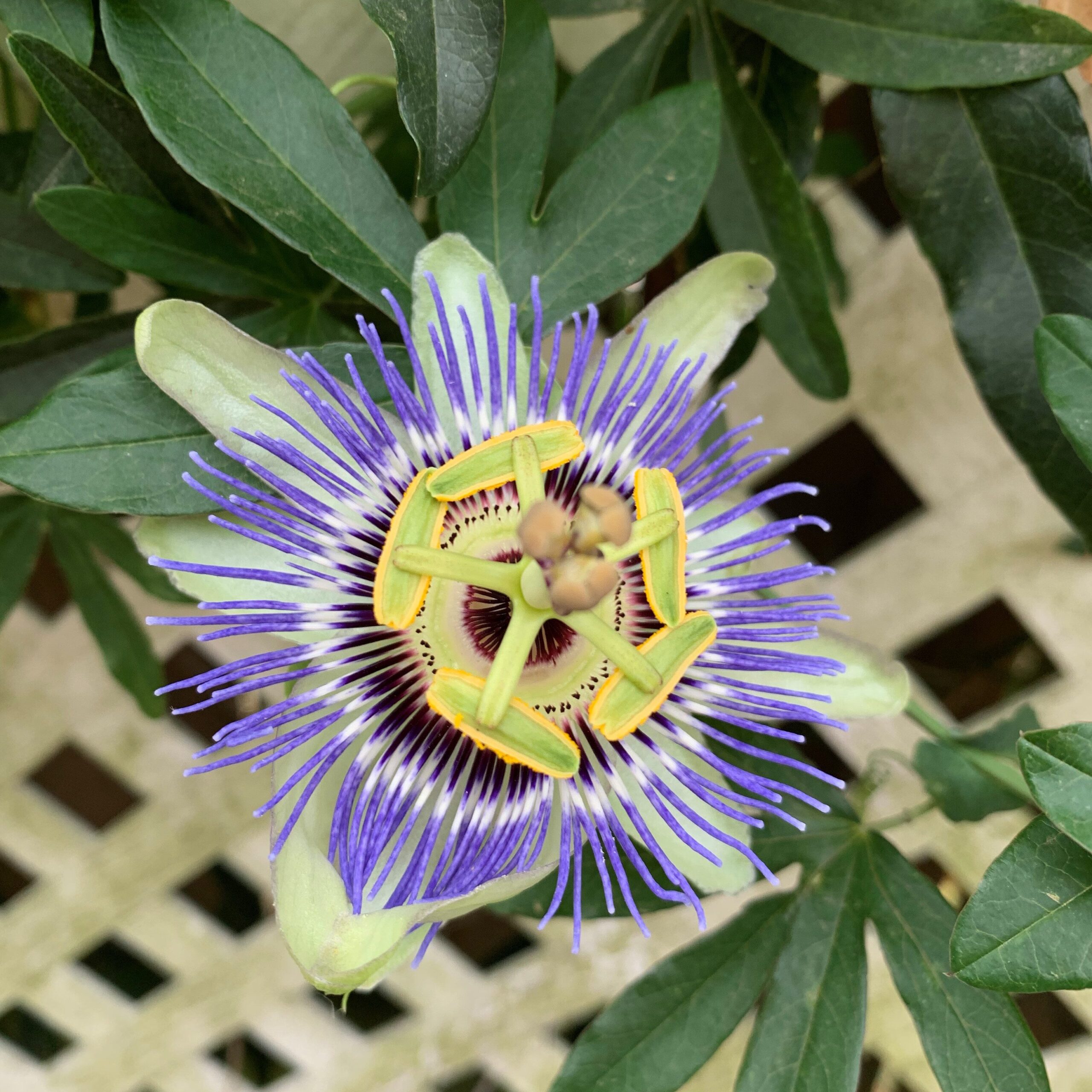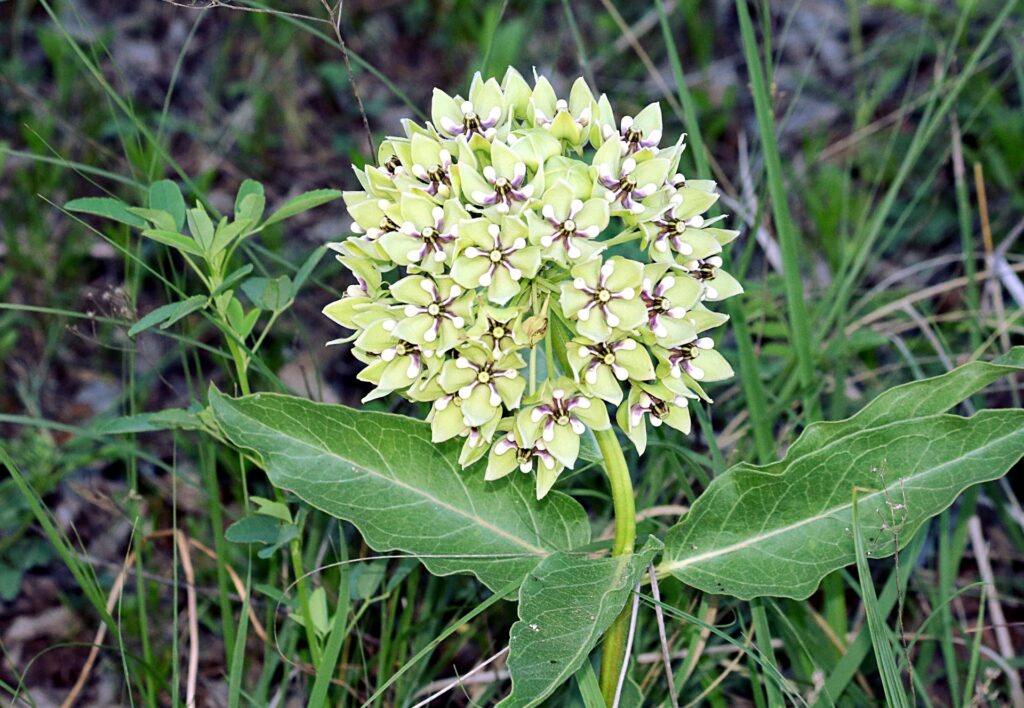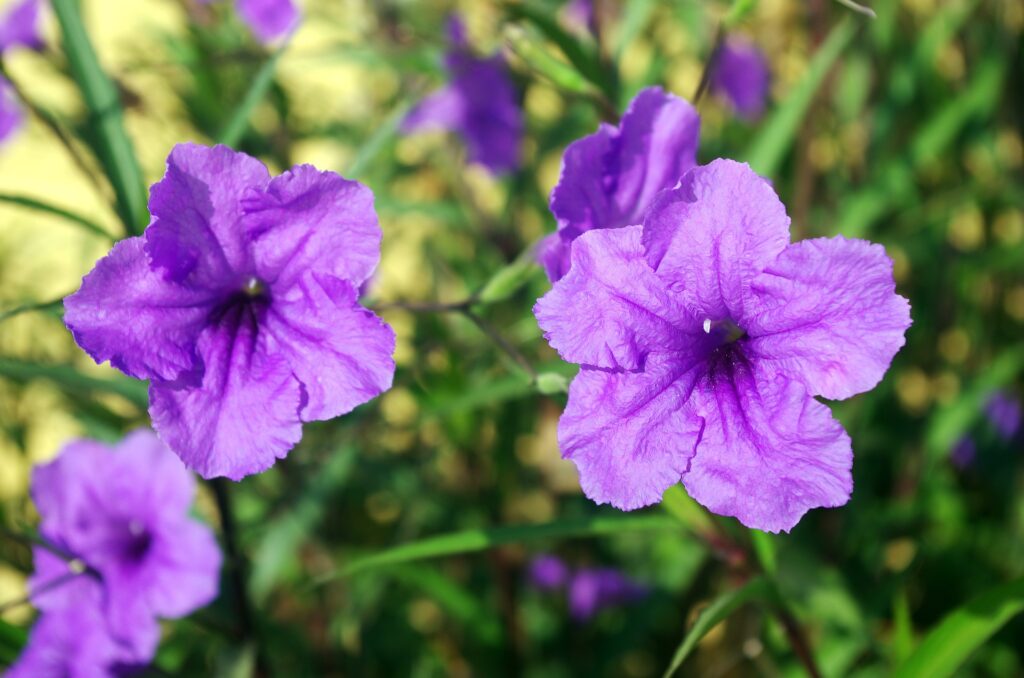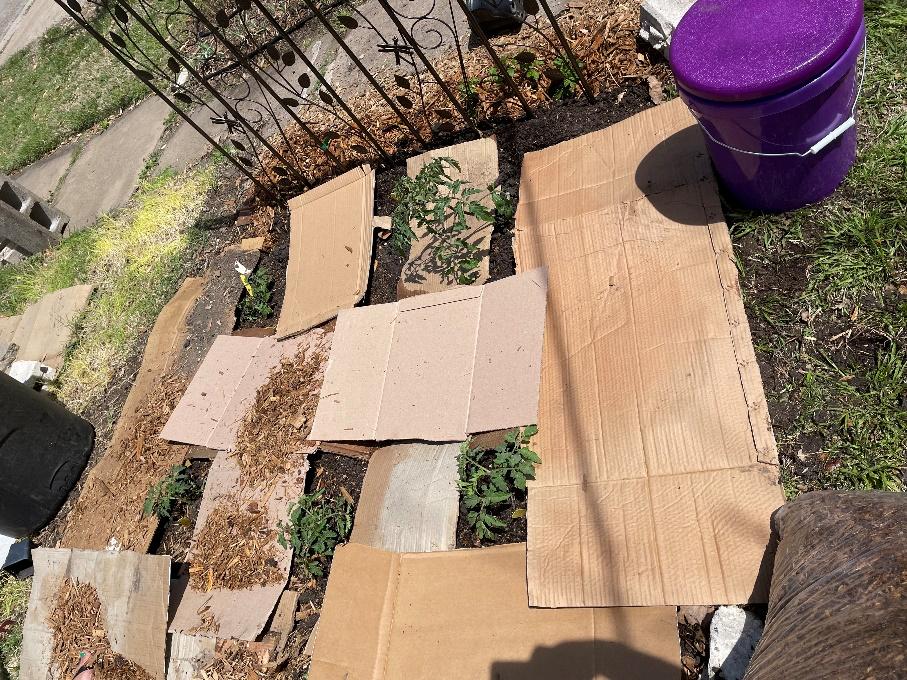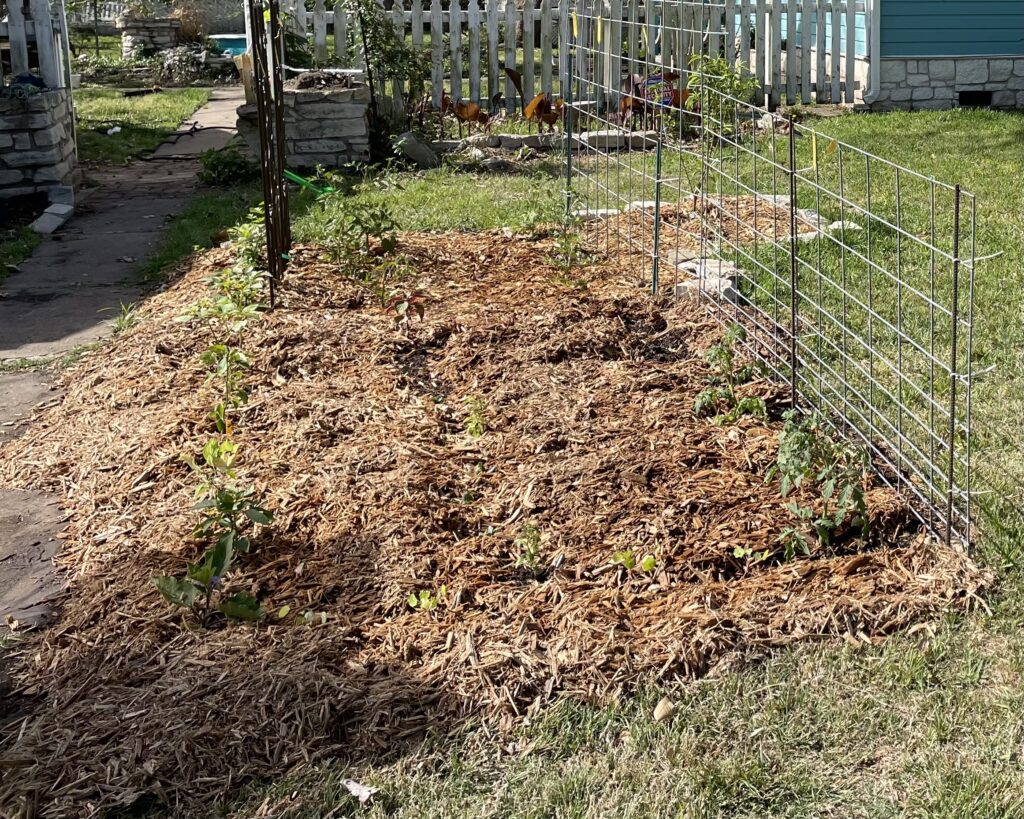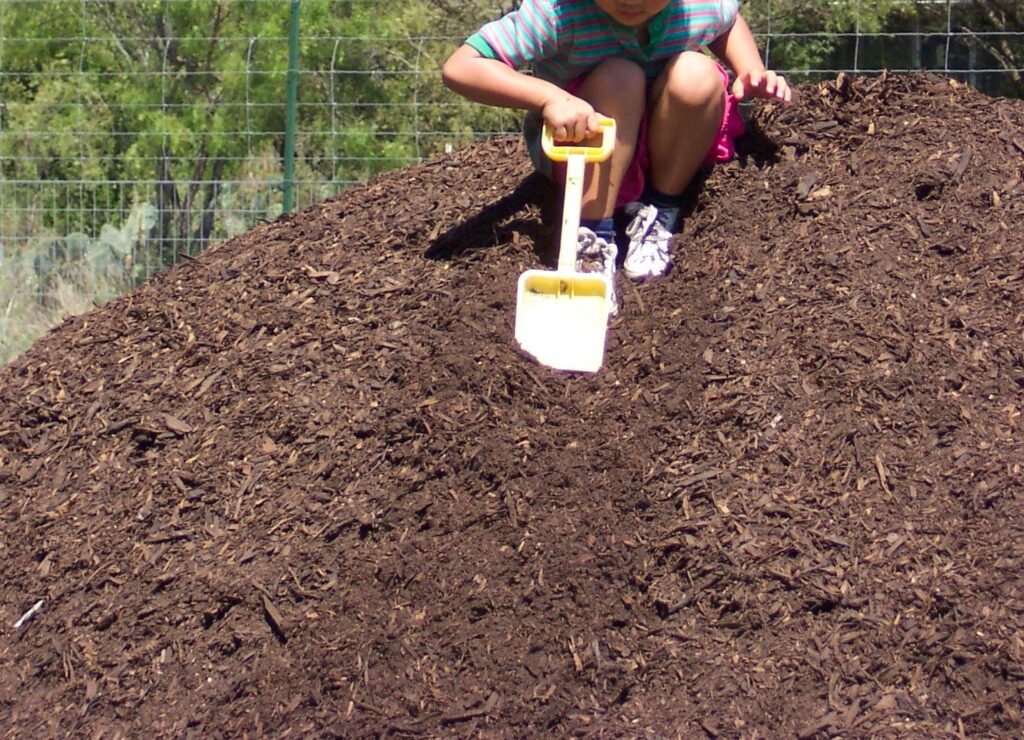This post is about growing great okra. But before we start, you should know something important. There are two types of people in the world (or three if you count those that refuse to be put in a category.) The two types of people are those who love, love, love okra and those who hate okra with a passion bordering on frothing at the mouth.
If you are in the first category, read on. You can probably guess which category I am in. If you’re in the hate okra category, you probably already quit reading at the word okra. If you’re a glutton for punishment but very brave and are still here even though you hate okra, go put a cold compress on your forehead and I’ll try to make this painless for you.
About Great Okra’s Lineage
Researchers believe that okra came from near Ethiopia. It has an old and glorious history (like us Grammys). The ancient Egyptians were growing okra as early as the 12th century BC. Drawn by its delicious and nutritious taste, folks started growing it all around North Africa and the Middle East. Back then, they cooked the seedpods, or toasted and ground the seeds to make a coffee substitute, a custom that continues today.
Enslaved people probably brought okra to the New World in the 1700s from West Africa. Western Europe learned the joy of okra, too. Enslaved people, whose word for okra was gumbo, taught Louisiana Creoles how to use okra to thicken soups and voilà, cher, creole gumbo was born. Another fun fact about okra is that it has been used to create paper and ropes!
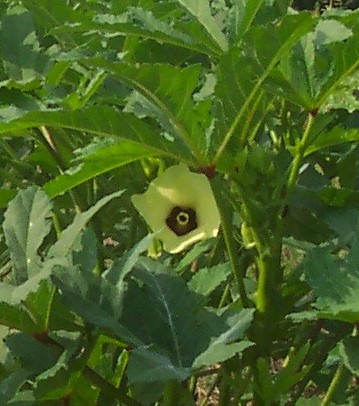
Okra is in the same family as hibiscus, cotton, and hollyhocks. The blooms on an okra plant look just like hibiscus blooms. The plants can grow to 6 feet or more and they will keep producing even in the heat of the summer which is a big bonus for those of us gardening in central Texas. By the end of the summer, you may need a ladder to pick them. You eat the seed pods, although some folks even use the leaves in recipes.
Nutritional Value of Great Okra
Okra is a very nutritious vegetable, and the seeds within the tiny seed pods are very high in protein. The mucilaginous substance within the pods is probably the reason for the second category of people. Okra can taste really slimy. Those of us who are real aficionados eat it and love it any way, including slimy. But if you don’t like the slime, there are many ways of cooking to get around that such as roasting, frying and in tomato-based recipes.
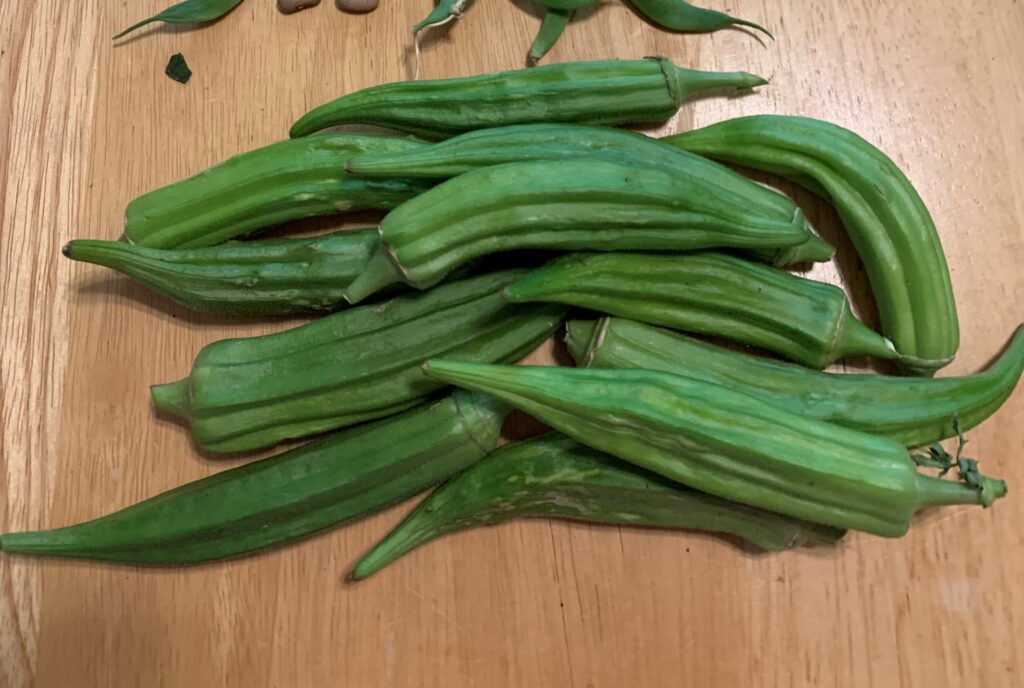
According to the USDA, a one-cup serving of okra has 33 calories, 3.2 grams of dietary fiber, Carbohydrate 7.45g, 1.2g Sugars, 2g Protein, 82mg Calcium, 57 mg Magnesium, 0.62 mg Iron, 299 mg Potassium, 61 mg Phosphorus, 7 mg Sodium, 0.58 mg Zinc, 0.109 mg Copper, 0.788 mg Manganese, 0.7 µg Selenium, 136 µg Vitamin A, 31.3 µg Vitamin K (phylloquinone) and 23 mg Vitamin C.
Growing Great Okra
Okra is relatively easy to grow if your soil is hot enough (between 68° and 95° F) and you don’t disturb its taproot. It tolerates many soils, and since you have already improved your garden soil, you don’t have to worry about drainage or organic matter, right? If you missed that lesson, look it up right here.

Okra likes it hot. As a matter of fact, it prefers the soil temperature to be above 80 degrees. Not a problem here in Central Texas. If you just must get your okra in the ground early, you can grow them as transplants, but remember that okra doesn’t like its roots disturbed.
You can plant them in peat pots. I don’t personally like peat pots because I have seen full grown plants whose roots never made it out of the pot. I would suggest growing them in 4-inch plastic pots but don’t start so early that the okra becomes root-bound. When you transplant, ever so gently take the plant out of the pot, and put it in your nice warm soil.
Planting Okra in the Ground
You can also plant you okra seed straight into the ground and this is the decision with which the okra plants will be the happiest. Just plunk them in your improved soil 1 ” deep and keep them well watered.
You can grow green okra or red okra which is really pretty on the stalk, but it still turns green when you cook it. Okra seeds may not germinate easily. I haven’t always had this problem, but if you do, soak the seeds in water overnight and then plant. Or you can nick the seed, but soaking seems safer. Could this be why okra is also called lady fingers? Nah, probably not.
Plant your little seedlings 2 feet apart. They are going to need quite a lot of room.
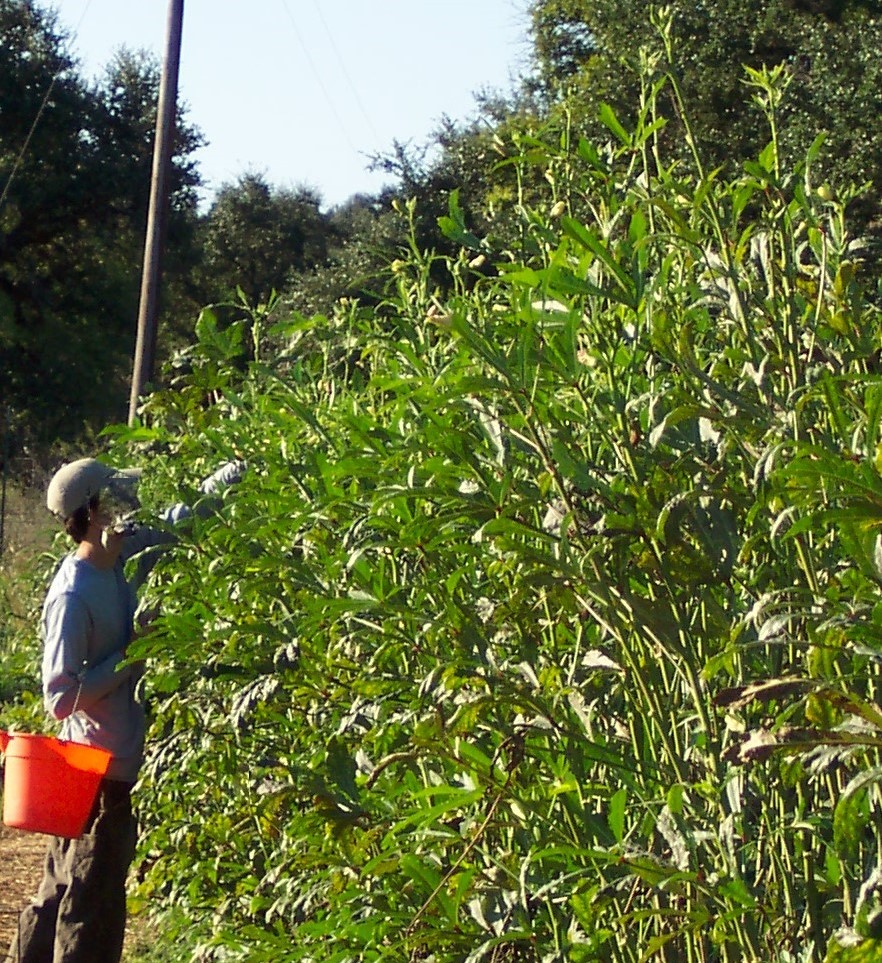
Harvesting Your Great Okra
They will start producing in about 2 months and then you will discover why our early pioneers had to be so sturdy. Okra is spiny, and the little spines get into your skin when you pick the okra. They aren’t so bad as cacti, but they’re bad enough. If you are sensitive, wear long sleeves and gloves to harvest. If you are tough, or want to prove you are, just head on in and you can pick the spines out later. There is a “spineless” variety, Clemson Spineless, but “spineless” may be too much marketing. This variety still has some spines.
Like many vegetables that are the fruiting part of the plant, you want to pick okra when it is small. When the pods are 2 to 4 inches they taste best. The pesky pods often hide, especially if the leaves are plentiful. If you miss one, and it gets bigger, that pod might be woody.

There are varieties that remain soft even when larger, such as Cow Horn, but they are the exception, not the rule. If you don’t pick okra regularly enough, it will impact the future productivity of your plants. Just like flowers that need to dead-heading, okra plants stop producing if the pods go to seed.
Okra Really is Good
Okay, now the fact I am in the first category of people is showing. Okra is really tasty. There are so many ways to enjoy okra – roasting, frying, boiling (or “burling”, as my Grammy used to say or did, she? Maybe I’m just making that up.) And you can even eat okra raw in salads.
It is so easy to toss some fresh okra with salt, and maybe a little lemon pepper, and stick it in the oven until it is toasty. So good!
Whatever way you eat it, be sure to add okra to your garden. It rewards you with beautiful blooms, and then tasty pods. All for not much effort. And it will fill holes in your garden from other vegetables that just couldn’t take the heat!
Leave a comment and let me know how you like your okra, or other growing tips you may have discovered.
